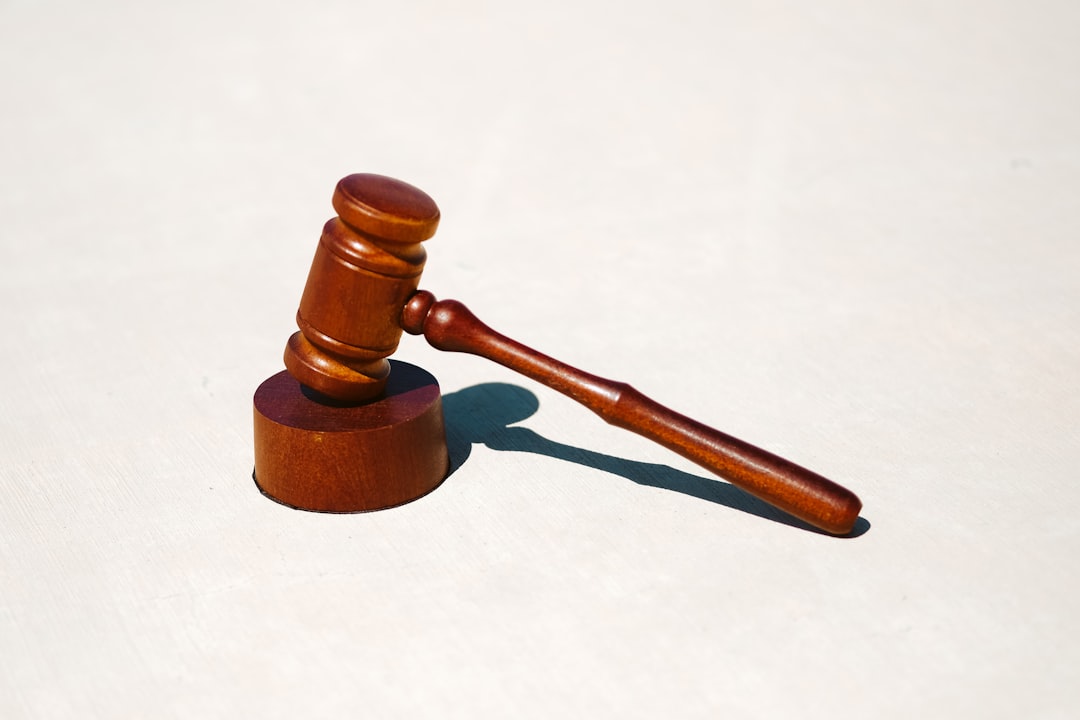Building Your Legal Tech Stack: A Techie's Guide for the Traditional Lawyer
The legal profession is no stranger to tradition. But in today's digital age, clinging solely to the well-worn briefcases and dusty law libraries might be holding your firm back. Here's where I come in, a legal-ish tech enthusiast eager to bridge the gap.
Coming from a legal education background but now working in the tech world, I've seen firsthand how the right legal tech stack can revolutionize a practice. Imagine a world where legal research takes seconds, not hours spent sifting through endless casebooks. Picture a system that manages your caseload seamlessly, freeing you to focus on the complexities of the law itself. Sound enticing? Let's dive into the essentials of building your legal tech stack.
Photo by Tingey Injury Law Firm on Unsplash
First things first: Consider your needs. A solo practitioner won't require the same firepower as a large corporate firm. Think about your practice area, team size, and budget. There's a wealth of options out there, from all-in-one solutions to specialized tools.
Here are some core functionalities to keep in mind:
- Case and Matter Management: This is your digital war room. Tools like Clio or MyCase streamline case organization, deadlines, and communication, keeping your team on the same page.
- Document Management and Automation: Ditch the paper mountains! Cloud-based document management systems like Dropbox or Google Drive offer secure storage and collaboration features. Plus, legal document automation tools like DocuSign and HelloSign can save you countless hours on repetitive tasks.
- Legal Research: Westlaw and LexisNexis may be the legal research titans, but innovative legal research platforms like Ravel and Casetext are shaking things up with AI-powered features and more affordable pricing.
- Communication and Collaboration: Secure communication is paramount. Consider tools like Slack or Microsoft Teams for internal communication and client portals like HighQ or FileCloud to share documents securely with clients.
Remember, integration is key. A tech stack that functions as a cohesive unit is far more powerful than a collection of disparate tools. Many platforms offer built-in integrations or connect seamlessly with third-party applications.
Security reigns supreme. When dealing with sensitive client data, security can't be an afterthought. Ensure your chosen tools prioritize data encryption and adhere to industry compliance standards.
Building your tech stack is a journey, not a destination. As your practice evolves, so should your tech stack. Don't be afraid to experiment, explore new tools, and adapt your approach along the way.
A final thought
Embracing legal tech isn't about replacing the irreplaceable human element of the legal profession. It's about empowering lawyers to be more efficient, informed, and ultimately, better advocates for their clients. So, take the plunge, explore the exciting world of legal tech, and watch your practice flourish in the digital age.
ABOUT ME
I'm Juliet Edjere, a no-code professional focused on automation, product development, and building scalable solutions with no coding knowledge.
Learn from practical examples and explore the possibilities of no-code, AI and automation. We'll navigate the tools, platforms, and strategies, one article at a time!
Visit my website → built with Carrd


